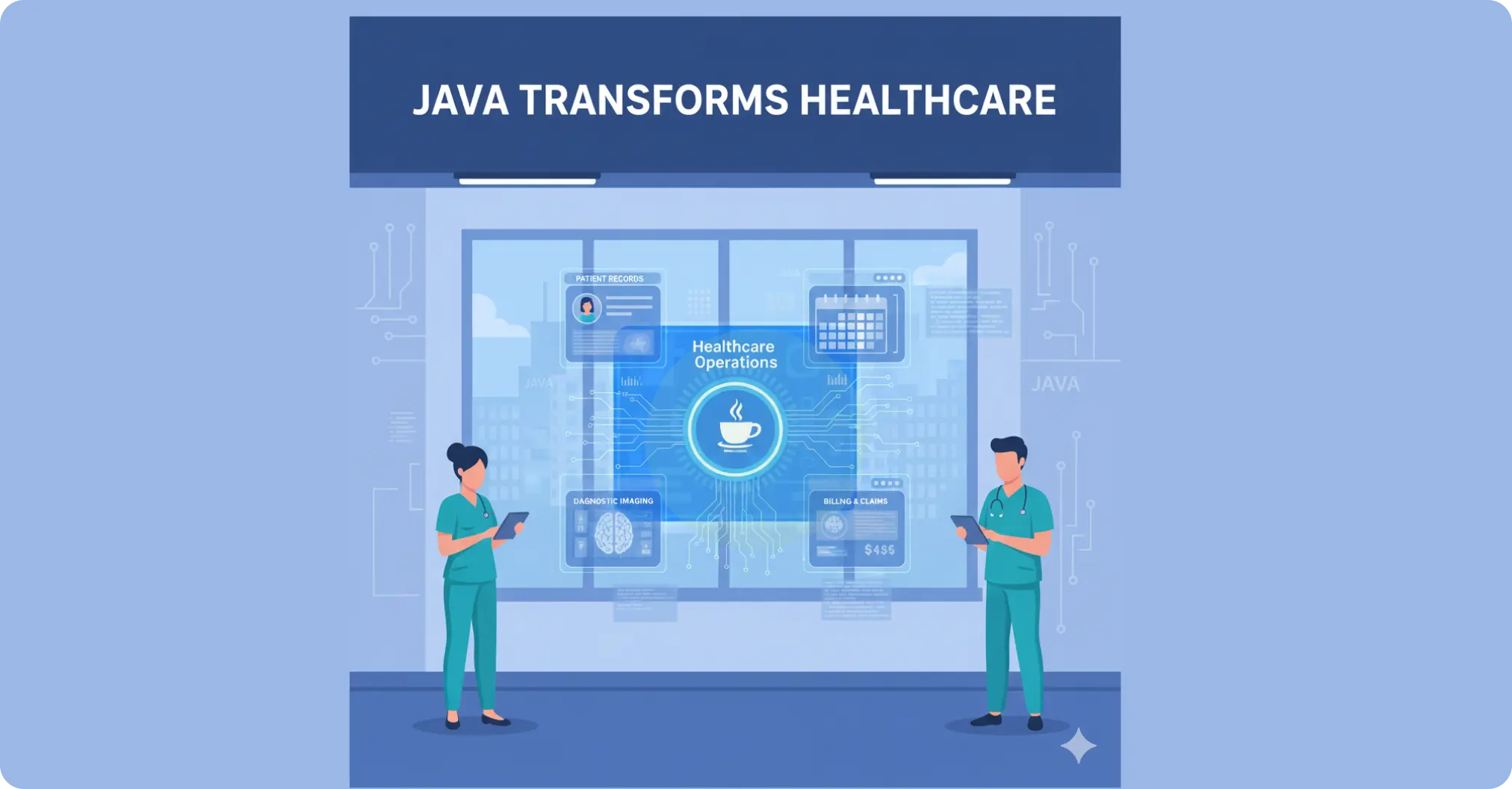Project Name
How Ksolves Modernized an Insurance Claims Processing Platform with Java Microservices

![]()

Our client, a leading North American insurance provider, manages a vast portfolio of health, auto, and property insurance products. Their legacy monolithic platform was built on outdated Java EE and SOAP-based web services. With over 5 million policyholders and thousands of daily claims, it was struggling to meet the growing demands of digital transformation.
The client’s vision was to create a cloud-native, scalable, and modular claims management ecosystem that enables faster and more efficient processing. They also aimed to provide real-time status tracking and seamless integration with third-party systems such as payment gateways, document verification APIs, and fraud detection tools.
Despite being functionally rich, the legacy system presented several bottlenecks:
- Monolithic Architecture: The existing codebase was tightly coupled, making feature enhancements and maintenance highly complex. A minor change required the redeployment of the entire application.
- Performance Degradation: Increasing claim volumes led to latency issues in claim validation and approval workflows, causing delays in settlements.
- Scalability Limitations: The on-premise infrastructure lacked elasticity. Seasonal spikes (e.g., during natural disasters) caused severe system slowdowns.
- Integration Complexities: SOAP-based interfaces made it difficult to integrate with modern RESTful APIs, payment services, and AI-based fraud detection systems.
- Data Inconsistency & Security: Inadequate data synchronization across systems caused duplication and compliance challenges with HIPAA and GDPR.
- Manual Claim Tracking: Agents and customers had no real-time visibility into claim statuses, leading to a poor customer experience.
As a leading Java development company, our certified experts architected a next-generation microservices-based claims processing platform leveraging cutting-edge technologies for modularity, scalability, and resilience.
-
Architecture Redesign: We transitioned the legacy monolith into a Java-based microservices ecosystem using:
- Spring Boot & Spring Cloud for lightweight, independent microservices.
- API Gateway (Spring Cloud Gateway) for unified routing, authentication, and throttling.
- Service Registry (Eureka) for dynamic service discovery.
- Docker & Kubernetes (AKS) for containerization and orchestration.
- Kafka for asynchronous inter-service communication and event-driven claims processing. -
Data Modernization:
- Migrated from a monolithic Oracle database to distributed PostgreSQL clusters using Spring Data JPA.
- Introduced Redis caching to improve response time for frequently accessed claim data.
- Implemented Elasticsearch for fast claim search and analytics. -
Integration Enablement:
- Replaced legacy SOAP APIs with RESTful and gRPC-based interfaces.
- Integrated with third-party payment processors via secure OAuth2.0 APIs.
- Connected fraud detection models hosted on AWS Lambda using Kafka streams. -
Security and Compliance:
- Adopted OAuth 2.0 and JWT for secure user authentication and authorization.
- Enabled Spring Security and role-based access control (RBAC) across services.
- Ensured HIPAA-compliant encryption for data in transit (TLS 1.3) and at rest (AES-256). -
DevOps and Automation:
- CI/CD pipeline with Jenkins, SonarQube, and Nexus for automated builds, code quality, and artifact management.
- Deployed via Helm charts on Kubernetes with rolling updates and canary releases.
- Continuous monitoring with Prometheus and Grafana dashboards for real-time system health. -
Frontend Modernization:
- Developed a responsive web portal using Angular + Java Spring Boot backend APIs, offering real-time claim tracking and document uploads.
- Implemented WebSockets for live claim status updates.
- 3x Faster Claim Processing: Average claim settlement time dropped from 7–10 days to just 2–3 days, accelerating operations.
- Zero Downtime: System availability improved dramatically, minimizing interruptions.
- <3 Days API Integration: New API onboarding accelerated from 3 weeks to less than 3 days, enabling seamless third-party connectivity.
- Bi-Weekly Releases: Deployment cycles shortened from quarterly to bi-weekly, allowing faster delivery of features and updates.
- 92% Customer Satisfaction: Satisfaction scores rose from 68% to 92%, thanks to real-time claim tracking and quicker resolutions.
- 40% Cost Reduction: Cloud-native scaling and containerized microservices optimized infrastructure costs and efficiency.
By modernizing the insurance claims platform with Java microservices, cloud-native architecture, and advanced automation, we helped the insurance provider transform a legacy system into a scalable, high-performance, and resilient ecosystem. The solution not only accelerated claim processing and reduced operational costs but also enhanced customer satisfaction and ensured regulatory compliance.
Supercharge Your Business with Custom Scalable Java Solutions!






